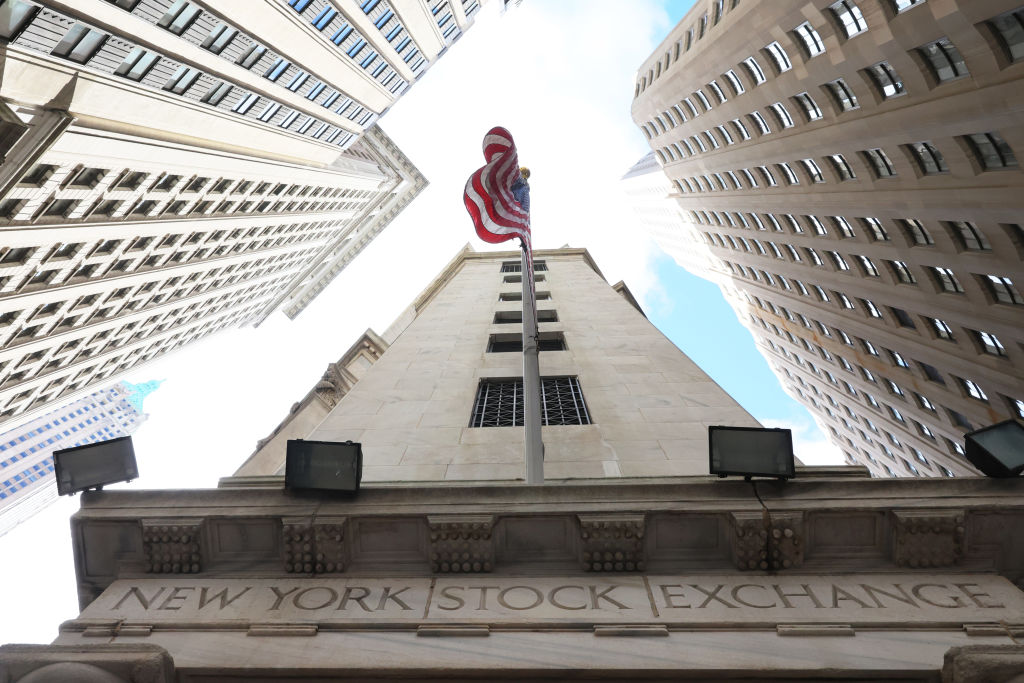
Many business leaders across the country were hoping for a dismal jobs report from the Bureau of Labor Statistics.
Bad jobs numbers would mean that the economy is weakening, and that the Federal Reserve wouldn’t have to keep raising interest rates to get a handle on inflation. If interest rate increases stop, businesses will be able to borrow money more inexpensively.
But the jobs report was not dismal. The U.S. economy gained 311,000 jobs in February, the Bureau of Labor Statistics (BLS) said on March 10, about a third more than the 225,000 jobs predicted by economists polled by the Wall Street Journal. That follows a January gain of half a million jobs. The latest jobs report comes after a few more spots of strong data—U.S. consumer spending rose by the most in nearly two years in January, and there are still nearly two jobs for every unemployed worker, according to a BLS data release on March 8.
The jobs report does suggest that the economy’s breakneck speed of growth is slowing.
For example, the U.S. economy had added, on average, 343,000 jobs on average for the past six months, so February did represent a slight slowdown. Some industries continued to lose jobs, including information, which includes big tech companies, and transportation and warehousing, which includes the people who work in e-commerce. Wage growth appears to be slowing, and the unemployment rate ticked up slightly, to 3.6%.
But there were also some big employment gains in industries like leisure and hospitality, retail, and even construction, despite worries that the housing market is softening.
More than anything, the jobs report presents more confusing data to economists in an era where no one seems to really understand whether or not the U.S. economy is headed south—though many people seem to be salivating for bad economic data. Economists didn’t know what to make of it. “If you squint at the numbers, you might be able to see signs of a slowing labor market,” Lisa Sturtevant, chief economist of Bright MLS, a real estate listing service, wrote in commentary. “February’s job gains beat expectations again in another display of resiliency for this labor market,” another analyst, Cody Harker, head of data and insights from Bayard Advertising, commented.
The average American can take comfort in knowing that despite some gloomy economic predictions, the job market is still strong. Unemployed workers should have no trouble finding a new job.
But this jobs report also means that the Federal Reserve will likely continue to quickly raise interest rates, which is not happy news for any consumer who is trying to borrow money soon. The Fed’s Open Market Committee will release its next decision on interest rates on March 22. Testifying before Congress on March 7, Fed chair Jerome Powell said that the strength of recent economic data “suggests that the ultimate level of interest rates is likely to be higher than previously anticipated.”
What that means for the next few weeks is more business leaders and economists trying to read the tea leaves for any signs of a recession, and arguing the case that the economy is slowing down. Economists keep thinking up reasons why this strong data is a fluke—unseasonably warm weather led to unusual consumer spending in January, all these job gains are just replenishing industries that experienced big cuts during the pandemic, CEOs are pessimistic so hiring can’t continue.
“People want some reassurance that inflation will come down—and some people, especially those who have been around for a while, think that a recession is the only way to permanently reduce those inflation expectations,” says Daniel Altman, chief economist for Instawork, a flexible staffing company.
Already, forecasting groups like the Conference Board, which tracks economic indicators, predict that high inflation and slowing consumer spending will “tip the economy into recession in 2023.” The data don’t show any sign of that yet. But an economic forecaster can continue to hope.
More Must-Reads from TIME
- Donald Trump Is TIME's 2024 Person of the Year
- Why We Chose Trump as Person of the Year
- Is Intermittent Fasting Good or Bad for You?
- The 100 Must-Read Books of 2024
- The 20 Best Christmas TV Episodes
- Column: If Optimism Feels Ridiculous Now, Try Hope
- The Future of Climate Action Is Trade Policy
- Merle Bombardieri Is Helping People Make the Baby Decision
Contact us at letters@time.com